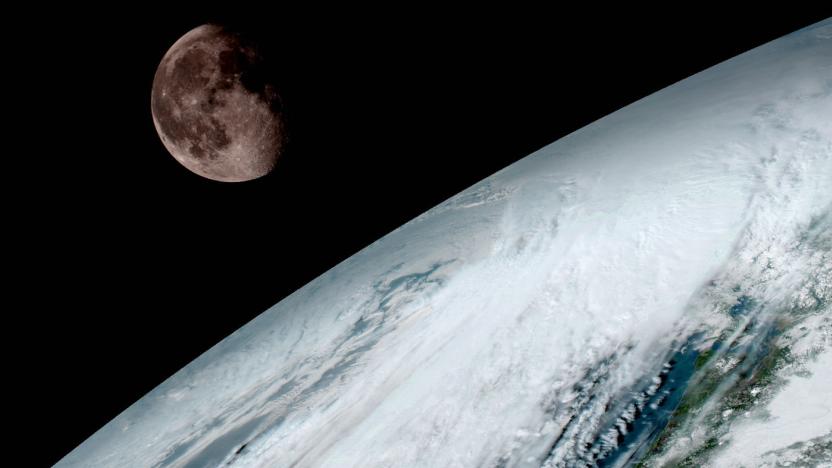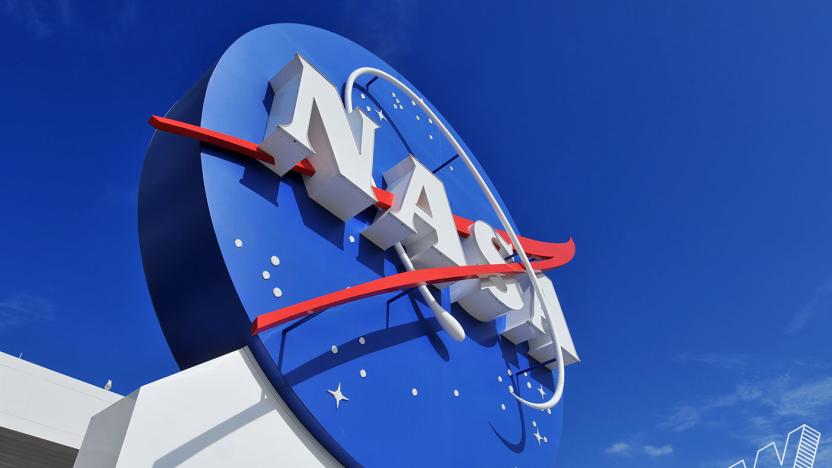goes-r
Latest

NOAA's next-gen weather satellite sends back its first images
NOAA's and NASA's GOES-R weather satellite has beamed back its first set of images, a couple of months after it left the planet. The spacecraft that's now known as GOES-16 used its Advanced Baseline Imager (ABI) instrument to capture photos, including the one you see above featuring the moon and the Earth's surface. GOES-16 was designed to be able to capture images at five times the speed and four times the resolution of older GOES satellites. It can take a photo of the whole planet every 15 minutes and of continental US every 5 minutes from its geostationary orbit 22,300 miles above Earth.

NASA dominated space and social media in 2016
"We all have a thirst for wonder," American astronomer Carl Sagan wrote in his sci-fi novel Contact. "It's a deeply human quality." And it's partly thanks to this "thirst" that NASA had the space game on lock this year, even though it doesn't have access to as much money as it used to. The agency stepped into 2016 armed with $19.3 billion in government funding. Yes, that's almost a $1 billion more than what the administration originally asked for, but it's also significantly lower than NASA's budget in previous years, when adjusted for inflation.

Watch the US launch a next-gen weather satellite at 5:10PM ET
If all goes according to plan, the US is about to enter a new era of weather tracking. The United Launch Alliance is scheduled to launch the first instance of GOES-R (Geostationary Operational Environmental Satellite), the US' next-generation weather observer, at 5:40PM Eastern (live NASA coverage starts at 5:10PM). The new satellite not only captures sharper images width more wavelengths, but takes those snapshots at a much higher frequency that promises to change how meteorologists and climatologists track environmental conditions.

